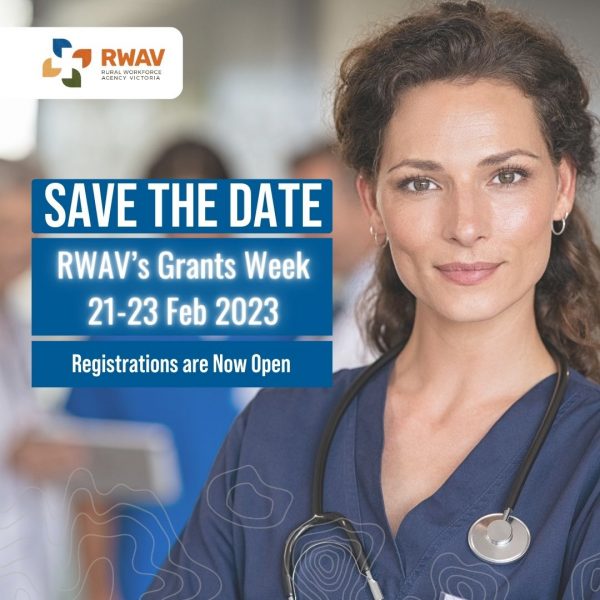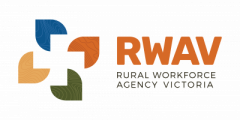Outreach Program:HEBHBL
DOWNLOAD: HEBHBL Service Delivery Standards (PDF)
DOWNLOAD: HEBHBL Service Needs Assessment Report – July 2022 (PDF)
Increasing access to ear and hearing services for Aboriginal and Torres Strait Islander children and youth in rural and remote areas.
Healthy Ears – Better Hearing, Better Listening (HEBHBL) program is about increasing access to a range of health services including expanded primary health for Aboriginal and Torres Strait Islander children and youth (0 – 21 years) for the diagnosis, treatment and management of ear and hearing health. The HEBHBL is part of the Indigenous Australian’s Health Programme (IAHP), alongside Medical Outreach Indigenous Chronic Disease Program (MOICDP) and Eye and Ear Surgical Support Program (EESS).
RWAV is currently working with the Victorian Aboriginal Community Controlled Health Organisation (VACCHO) in piloting an ENT telehealth model in two locations to increase access to bulk-billing ENT services and better support surgical referral pathways.
HEBHBL Objectives:
- Increasing access to multidisciplinary care in primary health care settings
- Increasing the range of services offered by visiting health professionals to prevent, detect and manage ear disease more effectively
FAQs
The RHOF can assist with funding to support new services, as well as expand established visiting outreach health services. This fund provides a flexible funding pool to support health professionals in delivering healthcare services in outreach locations by providing funding support to cover the costs of travel, accommodation, meals and other associated expenditure. Outreach funds cannot cover the cost of a salary – Medicare billing should be claimed where possible. The RHOF also supports cultural training for outreach service providers and encourages providers to offer upskilling activities at outreach locations.
The Department of Health uses the Modified Monash Model (MMM) 2019 classification system to determine eligibility for service locations across Australia. Services supported through the RHOF are delivered in MM 3 (large rural towns) to MM 7 (very remote communities). There is an emphasised need to fill in gaps within the following health priorities:
- Maternity and Paediatric Health
- Eye Health
- Mental Health
- Support for chronic disease management, including chronic pain management
- Specialist medical services
- Allied health services
- Midwife and nursing services
- Combinations of eligible services (i.e. multidisciplinary teams)
- Outreach GP services, including support for female GPs to provide outreach services to broaden the health service choices available to rural women
- Administration and coordination of the above services
RHOF Impact

2023-24 Outreach Service Funding Round is open!
2023-24 Outreach Service Funding Round is open! RWAV welcomes applications for 2023-24 Outreach Service Funding Round! Closing date for application submission is Wednesday 15 March 2023. Please submit your application via …

It’s Grants Week again 21- 24 February 2023!
Learn about the range of RWAV grants available to you and your colleagues for professional upskilling, continuing education, and supporting new and expanding businesses. There are several grants available for …

The new MyRWAV portal is now live!
RWAV is delighted to announce that our customer portal, MyRWAV, has now been upgraded. We redesigned and developed MyRWAV to provide better security, performance, user experience, and features for our …
















